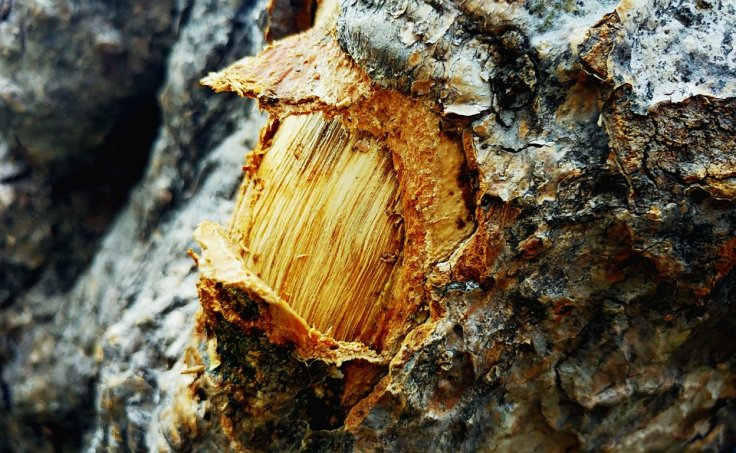Nearly all organisms have their own unique mechanisms to heal from injuries. Plants are no different. The healing process of plants has been studied for centuries. However, the "reason" behind their recovery has remained a mystery. Now, a new study claims to have discovered the key factors that drive the process of regeneration in plants.
According to researchers from the Institute of Science and Technology Austria (IST Austria), a hormone known as Auxin, and cellular pressure within the plants play a guiding role in the plant's regeneration. "It is incredibly fascinating how robust and flexible plant regeneration is, considering how static those organisms are," said Lukas Hoermayer, lead author of the study.

Healing In Plants
All animals, including humans, have movable cells that are specialized in seeking, and approaching and healing injuries. However, plant cells are immobile. They are unable to encapsulate the damage caused.
Nevertheless, cells adjacent to the site of injury multiply or grow in order to fill the damaged area. In the course of this process, the surrounding cells will have to make the decision of whether they will divide or stretch to heal fill the wounded area. The question, however, is "How or what drives this process?" This is where the new study offers new and valuable insights.
Investigating The Healing Process
In order to analyze the healing process, the authors injured a thale cress root using a laser. As the injured area regenerated, they monitored the cells with a microscope. They discovered that the hormone Auxin plays a crucial role in the healing of wounds.
Auxin is vital to the development and growth of plants. However, during the healing process, it accumulates in the cells that are in direct contact with the wound and aids in the plant's response to the injury.
When the levels of the Auxin were artificially altered, either unusually large number of cells or no cells at all, participated in the response to the wound. Furthermore, this unorganized response caused tumorous swelling in the root occasionally. "Only the precise coordination of many cells throughout the whole tissue yields a defined and localized wound response," explained Hoermayer.
The Role of Cellular Pressure
In addition to the action of Auxin, the team observed that the change of pressure inside the plant also played an important role in the regenerative process. A change in the pressure within the plant was recorded due to the collapsing cells of the injury.
When the cellular pressure within the plant was reduced by the authors before "hurting" the plant, the difference of pressure disappeared. It also led to the weakening of the regeneration process. The findings of the study provide new insights into plants, especially the roots heal. Especially, how they could survive in the presence of herbivores that attack roots or in sandy soil.









